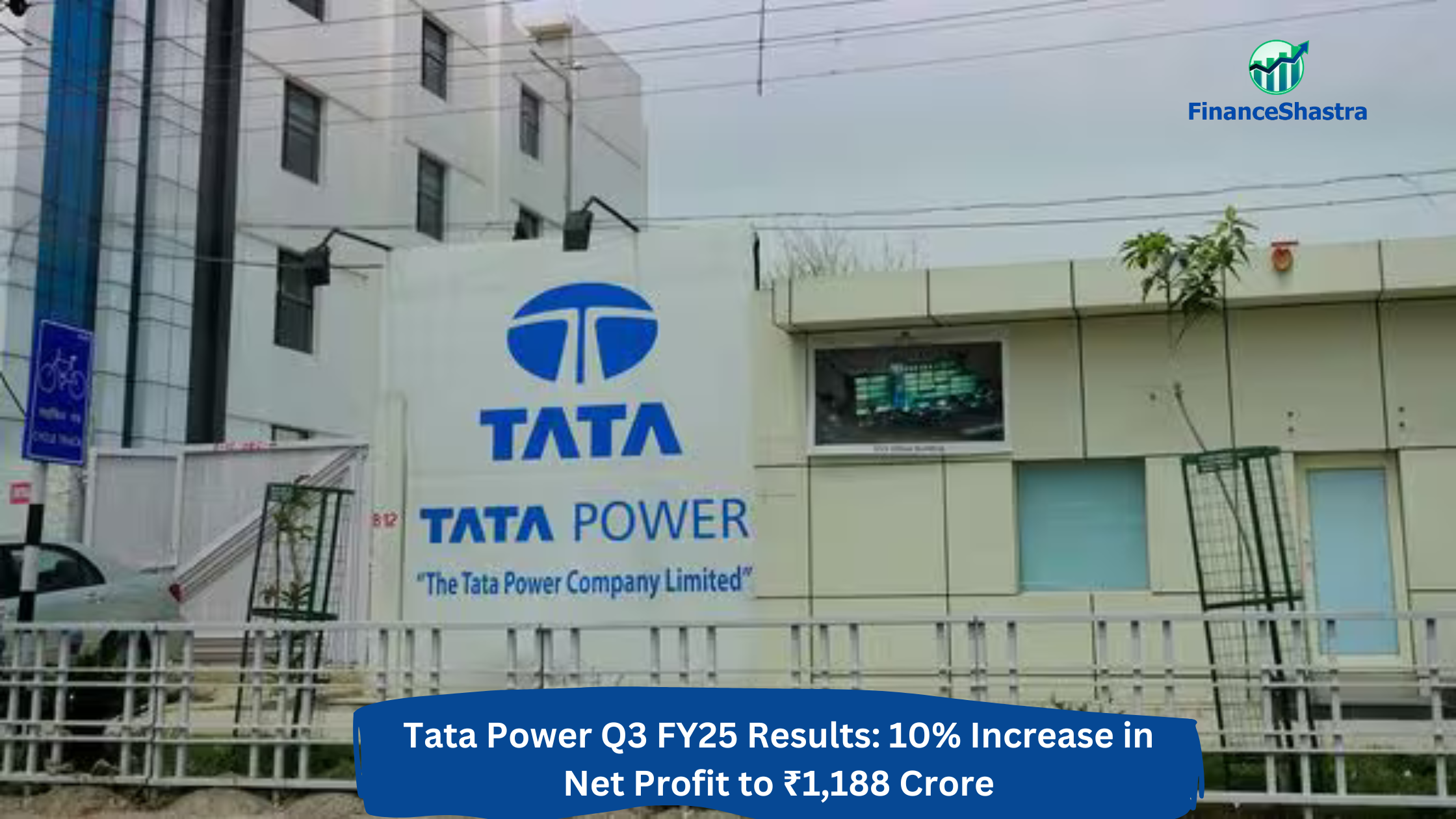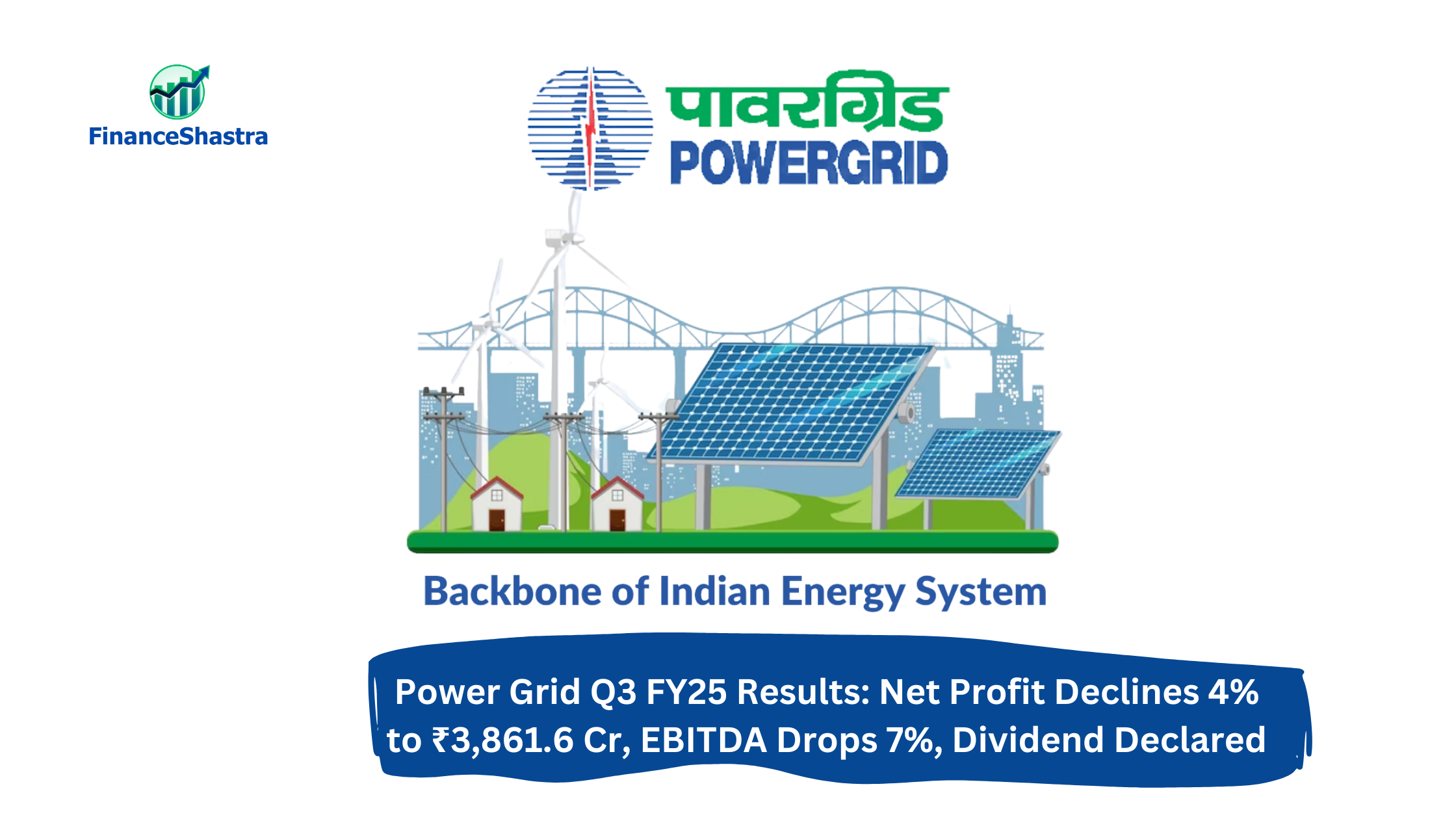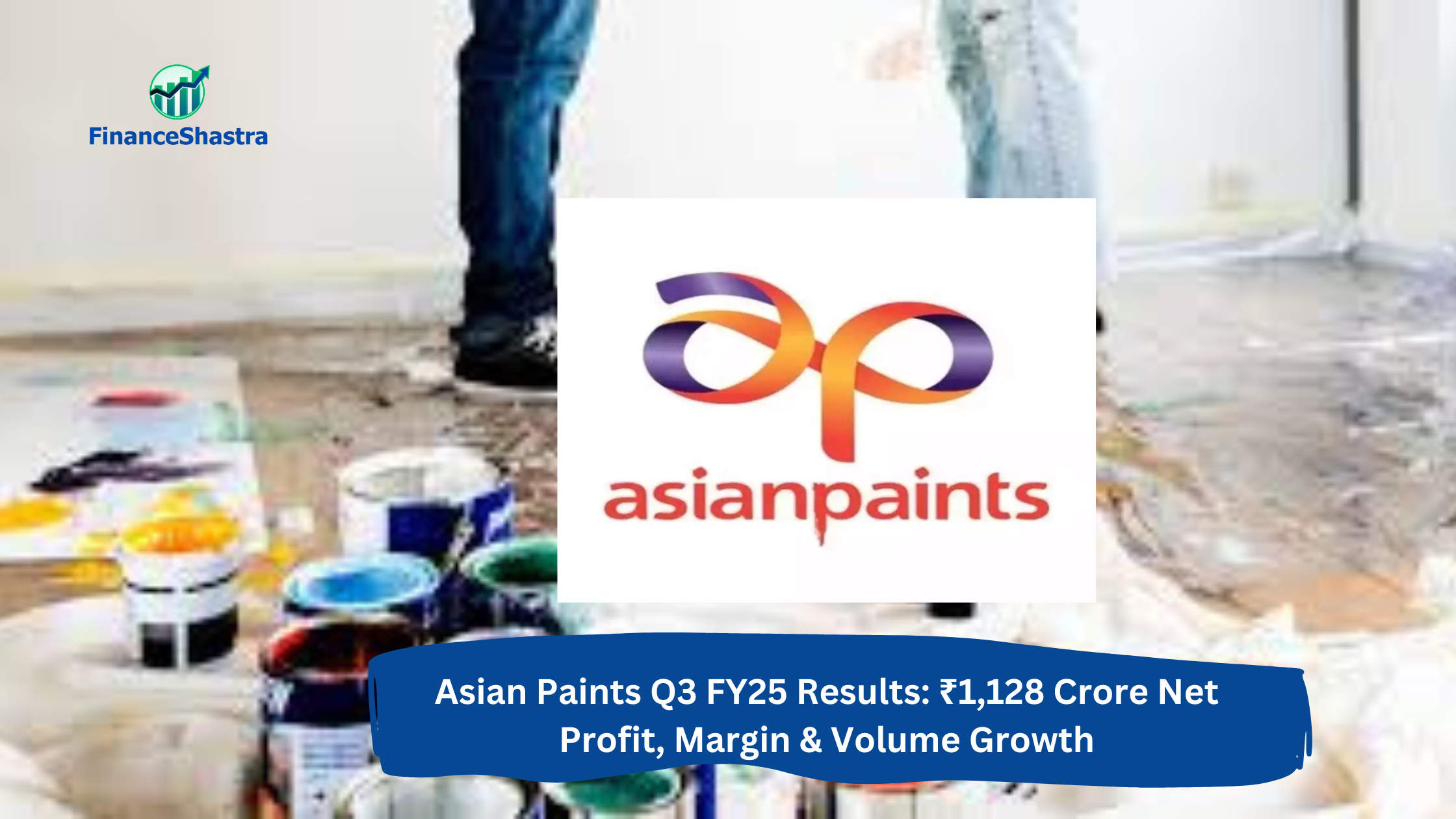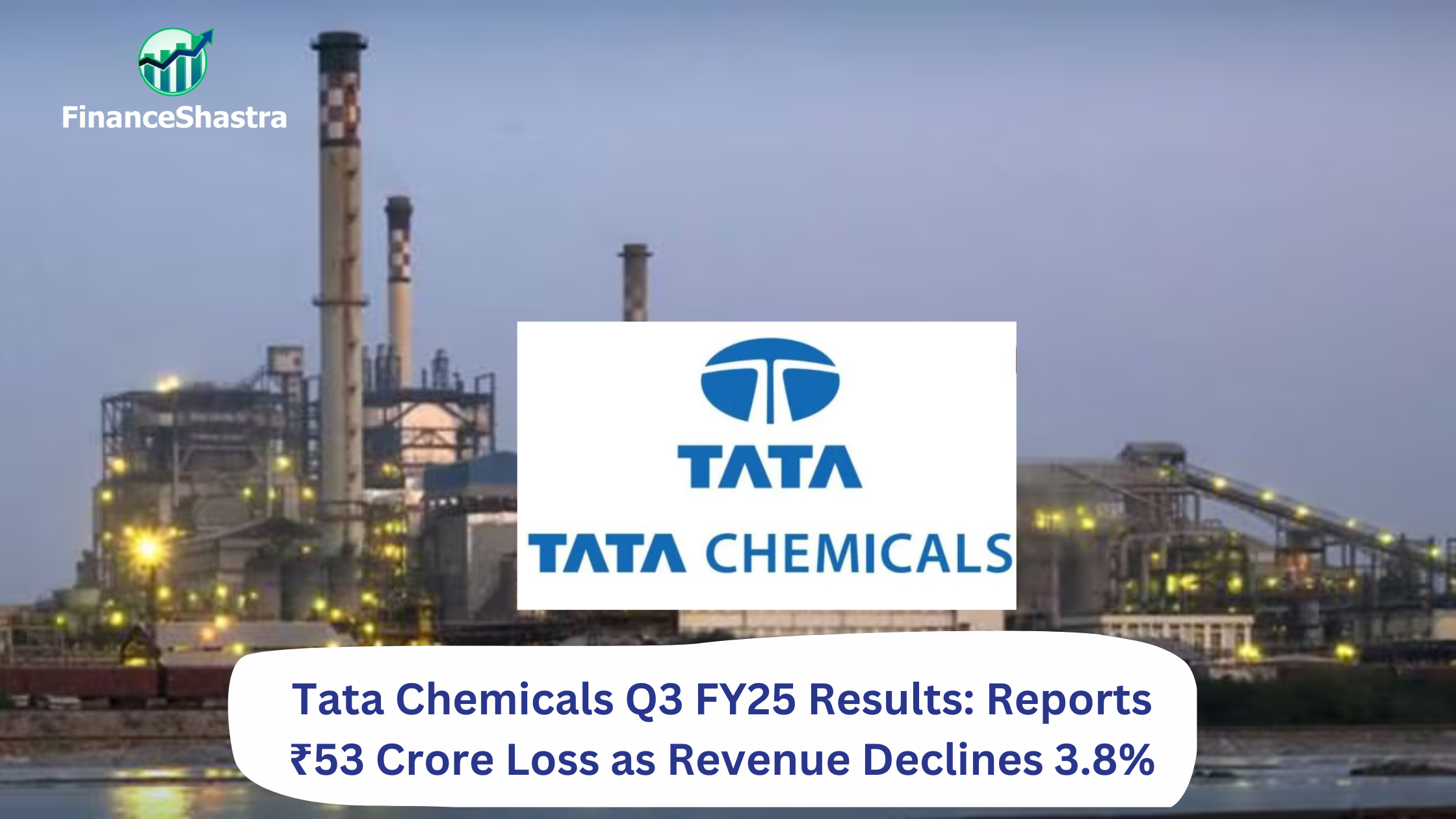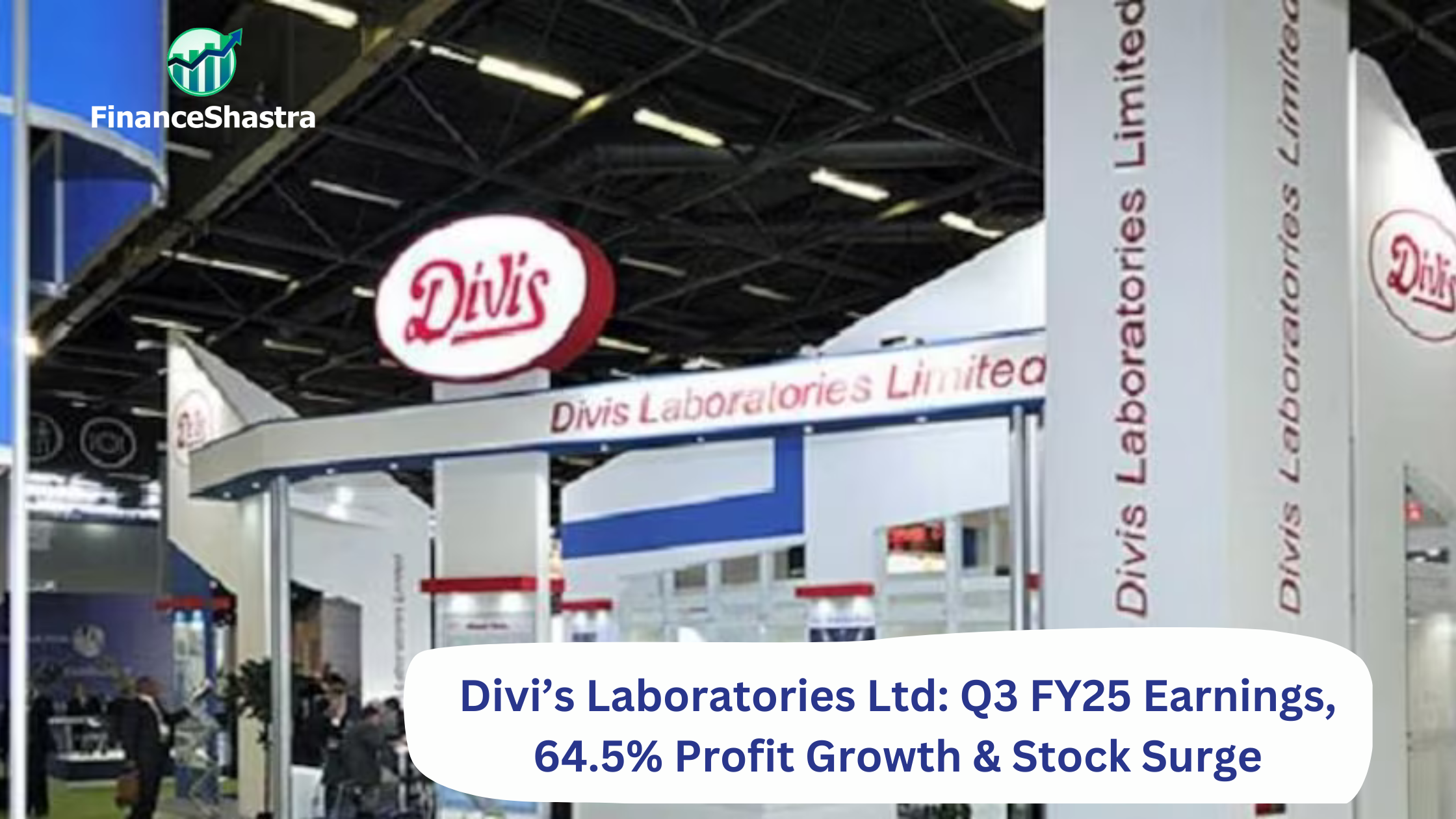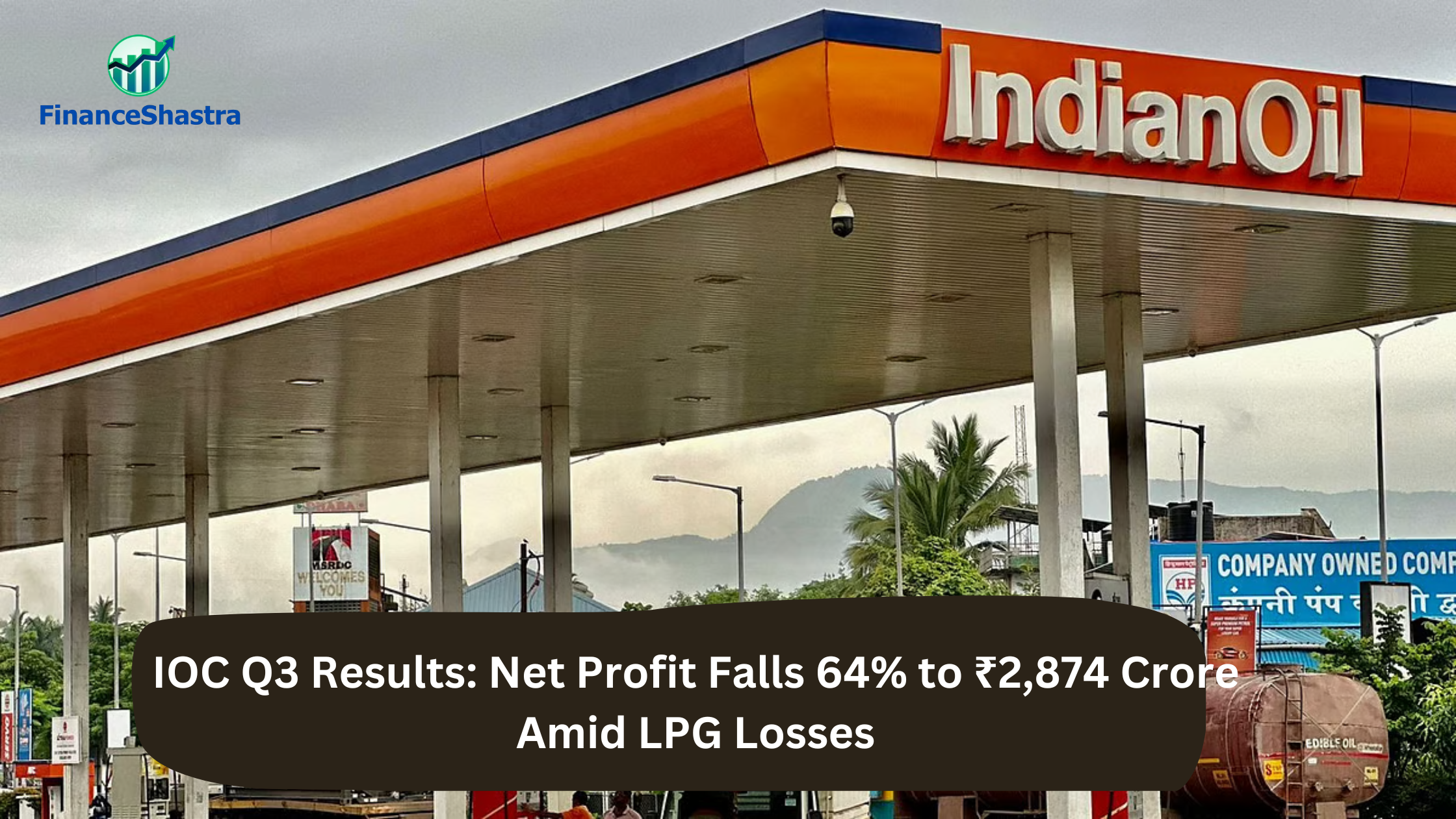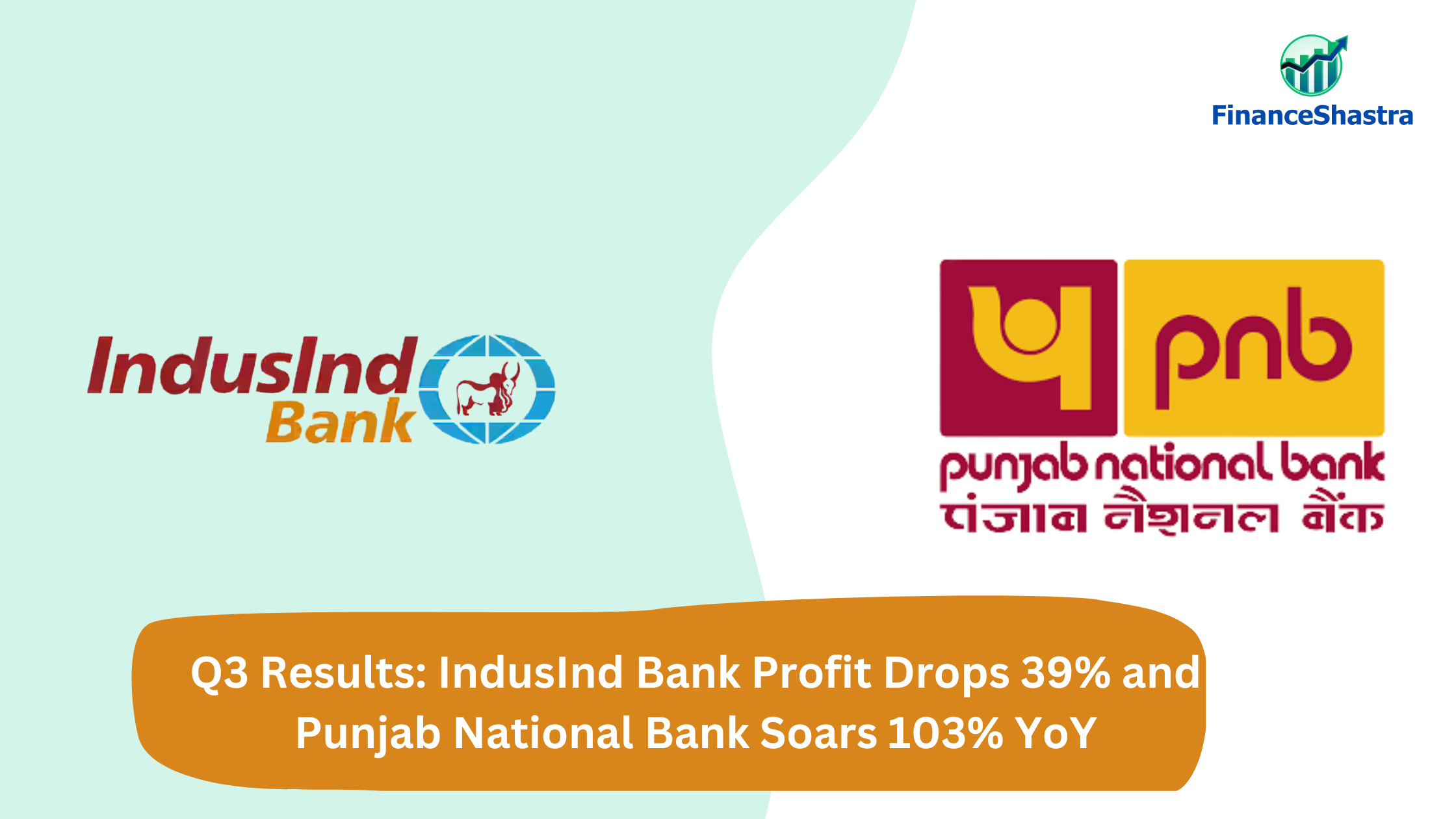Tata Power Q3 FY25 Results: 10% Increase in Net Profit to ₹1,188 Crore | Key Business Segments & Renewable Energy Expansion
Tata Power Ltd: Overview
Tata Power Ltd. is one of India’s largest integrated power companies, engaged in power generation, transmission, and distribution. With a legacy of over a century, the company has established itself as a key player in conventional and renewable energy sectors. Tata Power has a diversified portfolio, including thermal, hydro, solar, and wind energy, along with power trading and distribution. The company is focused on transitioning towards cleaner and sustainable energy solutions, aligning with India’s renewable energy goals. Tata Power has been instrumental in the development of solar rooftop solutions, electric vehicle (EV) charging infrastructure, and smart metering services. It is also actively engaged in energy storage solutions, micro grids, and grid modernization projects to enhance efficiency. The company’s continuous efforts in technological innovation, digital transformation, and customer-centric services have reinforced its leadership position in India’s power sector. The Indian power sector is undergoing a massive transformation, driven by policy reforms, increasing demand for clean energy, and technological advancements. The government’s push for renewable energy, with a target of 500 GW by 2030, has created vast opportunities for companies like Tata Power. The rapid adoption of electric vehicles (EVs) is also fuelling demand for charging infrastructure, an area where Tata Power has taken an early lead. Additionally, energy storage solutions, smart grids, and digitalization are emerging trends that are shaping the future of the power industry. Rising coal prices, fuel supply constraints, and regulatory challenges remain key concerns for the thermal power segment, but increasing investments in renewable energy and decarbonization initiatives are mitigating these risks.
Latest Stock News
India has one of the lowest per capita power consumption rates, highlighting significant growth potential in the energy sector. The country’s total installed renewable energy capacity currently stands at 462 GW, with 5.2 GW added in December 2024 and a total of 20.0 GW added during the first nine months of FY25. Tata Power Renewable Energy Ltd. (TPREL) commissioned one of India’s largest floating solar projects, a 126 MWp installation in Omkareshwar, Madhya Pradesh, further strengthening its renewable portfolio. TP Solar secured a ₹455 crore contract to supply 300 MWp ALMM modules to Maharashtra State Power Generation Company Limited, reinforcing its position as a key supplier in India’s solar industry. Additionally, Tata Power Trading Company Ltd. (TPTCL) partnered with Noida International Airport to supply 10.8 MW of wind power, supporting the airport’s sustainability initiatives. In a major financing development, Tata Power signed a Memorandum of Understanding (MoU) with the Asian Development Bank for US$4.25 billion to fund critical clean energy projects. During the quarter, Tata Power executed 467 MW of projects, reflecting its strong project execution capabilities. In the rooftop solar segment, the company’s order book remains robust, with 134 MW of solar rooftop capacity installed in Q3 FY25. Its distribution network continues to expand, surpassing 560 channel partners across more than 400 districts, further enhancing its market reach and accessibility.
Business Segments
- Generation: Tata Power has a total installed capacity of over 14 GW, comprising thermal, hydro, solar, and wind energy. The company’s focus on renewable energy has led to significant capacity additions, with an increasing share of solar and wind power. Its coal-based thermal plants in Mundra, Trombay, and Jojobera continue to contribute to base-load power generation, ensuring stability in supply. The company also operates hydroelectric power plants in Maharashtra and other states, supporting clean energy initiatives.
- Renewable Energy: Tata Power Renewables is a major contributor to India’s green energy transition, with over 4.2 GW of renewable capacity, including utility-scale and rooftop solar projects. The company is actively expanding its solar EPC business, catering to industrial, commercial, and residential consumers. Tata Power’s focus on hybrid energy solutions and floating solar projects is expected to further boost its renewable portfolio in the coming years.
- Transmission and Distribution: Tata Power operates transmission networks and distributes power across multiple cities, including Mumbai, Delhi, and Odisha. The company has been a pioneer in implementing smart metering, demand-side management, and advanced grid solutions to enhance reliability and efficiency. Through partnerships with state governments and private entities, Tata Power is continuously expanding its distribution footprint.
- Electric Vehicle (EV) Charging Infrastructure: Recognizing the rising adoption of EVs, Tata Power has established itself as a market leader in EV charging solutions. The company has installed over 5,000 charging stations across India, covering highways, residential areas, and commercial hubs. Its expansion in this segment aligns with India’s push for sustainable mobility.
- Energy Services & Storage Solutions: Tata Power is also investing in energy storage technologies, including battery energy storage systems (BESS), micro grids, and grid-scale solutions. These initiatives aim to enhance grid stability and support renewable integration.
Subsidiary Information
- Tata Power Renewable Energy Ltd. (TPREL): This subsidiary focuses on developing and managing renewable energy assets, including solar and wind projects. It has been a key driver in Tata Power’s goal to expand its green energy capacity. TPREL has been actively securing large-scale solar projects through government tenders and private-sector collaborations.
- Coastal Gujarat Power Ltd. (CGPL): CGPL operates the 4,000 MW Mundra Ultra Mega Power Plant (UMPP), one of India’s largest coal-fired power stations. Despite challenges due to rising fuel costs, CGPL plays a critical role in providing reliable power to multiple states. The company is also exploring cleaner energy solutions to reduce its carbon footprint.
- Tata Power Delhi Distribution Ltd. (TPDDL): This joint venture with the Delhi Government is responsible for power distribution in North Delhi. TPDDL has been at the forefront of smart grid implementation, reducing power losses and improving service efficiency. The company has also been actively involved in demand-side management programs to enhance energy conservation.
- Tata Power Solar Systems Ltd.: As one of India’s leading solar EPC players, Tata Power Solar specializes in solar module manufacturing, rooftop solar installations, and large-scale solar farms. The company has undertaken several prestigious projects across the country, reinforcing its position as a key player in India’s solar energy sector.
- Tata Power Trading Company Ltd. (TPTCL): This subsidiary is involved in power trading and energy management solutions. TPTCL facilitates the sale and purchase of power across different regions, optimizing supply-demand balance and ensuring efficient utilization of generation capacity. It plays a crucial role in providing open access solutions to industries and commercial enterprises.
Q3 FY25 Earnings
- Revenue of ₹15391 crore in Q3 FY25 up by 5.05% YoY from ₹14651 crore in Q3 FY24.
- EBITDA of ₹3079 crore in this quarter at a margin of 20% compared to 16% in Q3 FY24.
- Profit of ₹1188 crore in this quarter compared to a ₹1076 crore profit in Q3 FY24.
Financial Summary
| Amount in ₹ Cr | Q3 FY24 | Q3 FY25 | FY23 | FY24 |
| Revenue | 14651 | 15391 | 55109 | 61449 |
| Expenses | 12334 | 12312 | 47381 | 50714 |
| EBITDA | 2417 | 3079 | 7728 | 10735 |
| OPM | 16% | 20% | 14% | 17% |
| Other Income | 1092 | 589 | 5540 | 3416 |
| Net Profit | 1076 | 1188 | 3810 | 4280 |
| NPM | 7.3% | 7.7% | 6.9% | 6.9% |
| EPS | 2.9 | 3.2 | 10.4 | 11.6 |

